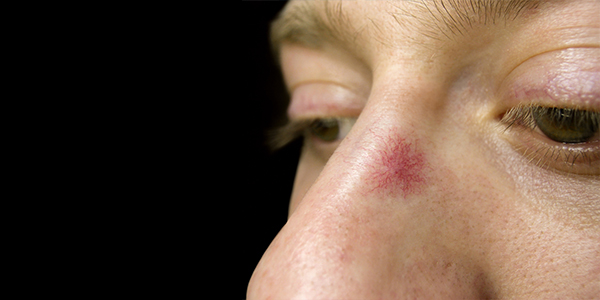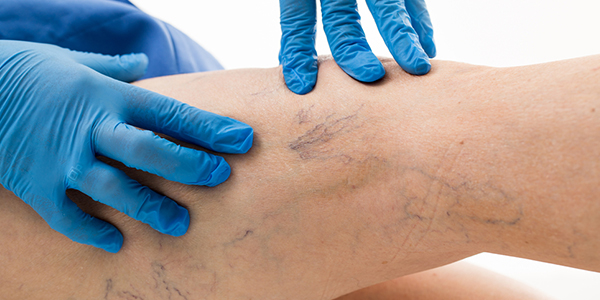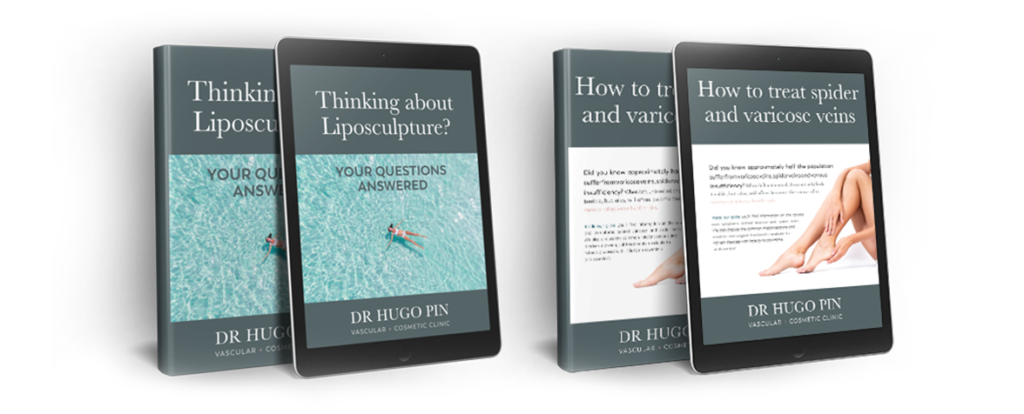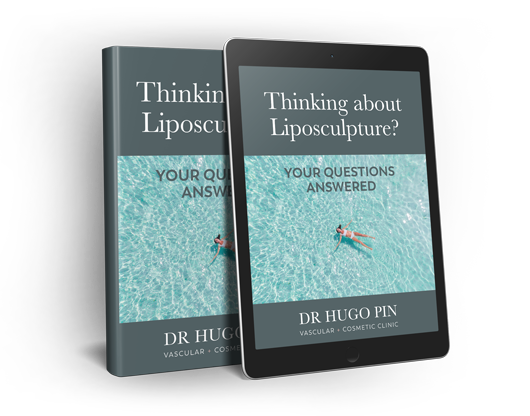Because of the nature in which they appear, many misconceptions have been associated with varicose veins.
Varicose veins are an extremely common condition which affects up to 30% of the Australian population at some point in their lifetime. Many people don’t realise varicose veins can be much more than just a cosmetic problem and that treatment for varicose veins is not as painful, and more effective than they think.
Varicose veins generally appear during middle to old age and as such, many myths have spread as a result.
Myth 1: Varicose veins are just a cosmetic problem
A large number of people who suffer from varicose veins and choose not to undergo any sort of treatment can develop further symptoms including dull achiness, heaviness, throbbing, cramping, and swelling of the legs. Other symptoms can also include discolouration of skin and venous eczema of the skin around the varicose veins. Long term affects can include deep vein thrombosis and blood clots.
Myth 2: Standing for long periods causes varicose veins
Many people believe that if you work in a job where you have to stand for long periods of time it can increase your chances of developing varicose veins. However, there has never been any definitive result based upon this assumption.
Generally, symptoms of existing varicose veins will be more noticeable when standing rather than sitting or lying.
Myth 3: Running causes varicose veins
Any exercise which includes movement of the legs is actually good for varicose veins. Any sort of movement which promotes circulation will lead to more blood pumping from the legs and to the heart.
Although there is much discussion about whether strenuous exercise worsens varicose veins, there is no evidence to suggest that running is the cause of varicose veins. For those of you who have untreated varicose veins and enjoy running, compressions stockings are recommended to prevent blood from pooling in your lower legs.
Myth 4: If your family members have varicose veins then so will you
Although you will be at a higher risk of developing varicose veins, just because one or more of your family members have varicose veins doesn’t mean you will too. Only around 50% of patients have a family history of varicose veins.
Myth 5: Surgery is your only treatment option
Due to advancements in the treatment of varicose veins, surgery is no longer your only option. Although surgical vein stripping is still present and very common, non-invasive procedures are becoming more popular.
Laser treatments, ultrasound therapy, and injectables can all be just as effective to treat varicose veins, without the need for invasive surgery which requires greater recovery time.
Varicose vein treatment with Dr Hugo Pin
Dr Hugo Pin is incredibly experienced in the treatment of veins and skin and strives to ensure each and every one of his patients achieves their desired results.
If you’re looking for effective, non-invasive varicose vein treatment on the Sunshine Coast, book an appointment with Dr Hugo Pin today. For more information about varicose and spider veins, download our FREE guide here!


